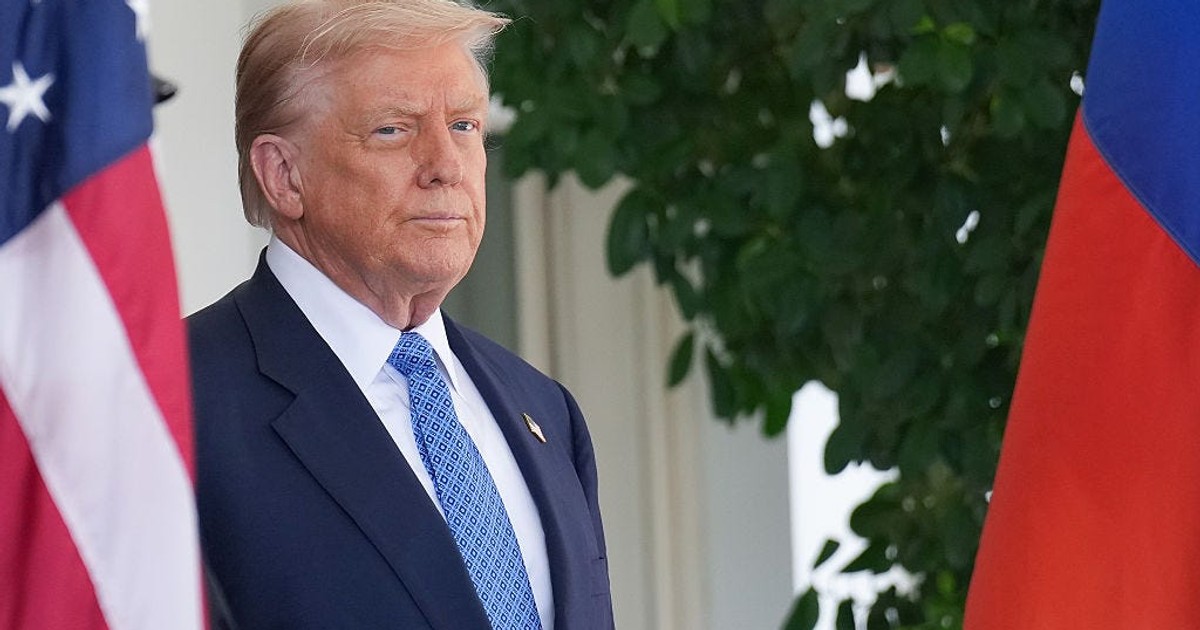The plan marks a sharp departure from decades of U.S. refugee policy, which traditionally had bipartisan support and prioritised vulnerable groups fleeing war, persecution, and famine.
By contrast, the Trump initiative focuses heavily on resettling white South Africans, a group the president has argued faces “racial discrimination and violence” – claims the South African government has repeatedly rejected.
Angie Salazar, a top refugee program official in the U.S. Department of Health and Human Services (HHS), told state-level refugee workers that she expected the cap to be 40,000, according to a summary of an August 1 meeting reviewed by Reuters.
Two officials, who spoke on condition of anonymity, said that of this number, about 30,000 slots would be devoted to Afrikaners.
A separate source familiar with the discussions said a cap as low as 12,000 had also been floated. In addition to Afrikaners, the administration is weighing limited resettlement for Afghans who aided U.S. forces in the Middle-East conflicts and possibly Ukrainians, leaving only a small number of slots unallocated for other nationalities.
A break with precedent
The 40,000-person cap represents a sharp drop from the 100,000 refugees admitted under President Joe Biden in 2024, with the highest number of entrants coming from the Democratic Republic of the Congo (18,145).
During the Obama era, the U.S. admitted roughly 2,500–3,500 refugees annually from the DRC and 3,000–4,500 from Sudan/South Sudan, according to the U.S. Refugee Council.
However, the proposed cap is still higher than the record-low 15,000 ceiling set by Trump in fiscal year 2021 before leaving office.
The current plan prioritizes 30,000 of these spaces for Afrikaners, a white minority group from South Africa, marking a significant shift in U.S. refugee policy.
White House deputy press secretary Anna Kelly defended the process, insisting that “no decisions were final” until Trump decides in October.
“President Trump has a humanitarian heart, which is why he has welcomed these courageous individuals to the United States,” Kelly said.
“Refugee admission caps will be determined next month, and any numbers discussed at this point are pure speculation.” She added.
So far, refugee resettlement in the US has been limited. The first group of 59 South Africans arrived in May, with only 34 more admitted as of early August, according to a White House official.
Concerns of racial bias
Analysts warn that the heavy allocation for Afrikaners could reinforce perceptions of racial bias in U.S. refugee policy, especially given that 37 million people worldwide are currently displaced and that African nations host some of the largest refugee populations globally.
Gaza freeze and visa costs deepen access gap
The refugee plan comes alongside a U.S. decision to suspend all visitor visas for Gazans, a measure that aid agencies say will block patients in urgent need of medical evacuation. At the same time, Washington has introduced a controversial $250 visa integrity fee that applies to most African nations but not to European or Asian countries included in the Visa Waiver Program.
Tourism and business leaders across Africa have warned that the new fee risks shutting out thousands of students, entrepreneurs, and travellers, while deepening perceptions of unfair treatment.
Africa sidelined
Taken together, the refugee allocation, the Gaza visa freeze, and the new visa surcharge point to a widening gap in U.S.–Africa engagement. While white South Africans may benefit from new resettlement pathways, millions of Black Africans remain effectively excluded, either by financial hurdles or by limited refugee quotas.
For African governments, the developments raise pressing diplomatic questions about whether Washington’s commitments to human rights and equal treatment extend beyond rhetoric.
As a West African diplomat told Reuters, “It sends a message that some lives are worth more than others.”
